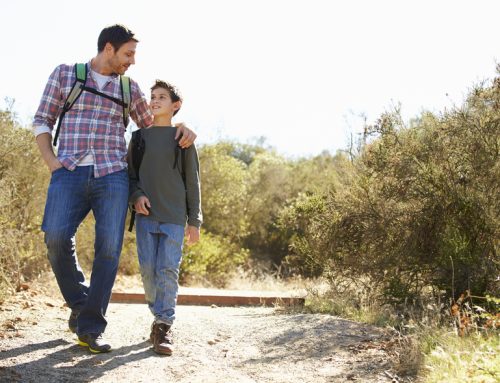I had previously written about bridging the cultural and generational gaps through childhood dishes and why I am an advocate for introducing your favourite childhood dishes to your friends and families.
Right now, I think it is a good time to revisit this topic …
I am very passionate about creating connections and establishing solid and meaningful relationships with your children while introducing your culture, traditions, and extended families to the next generation from our favourite dishes that we grew up with.
With the boarders opening up right now, a good way to learn and introduce your childhood dishes is when you have your mum or elderly relatives visit, take the opportunity to ask them whether they can share some of their recipes with you and your children.
Here are a few connections and learning possibilities from this opportunity:
Ask them about the history of the dish: Who taught them how to cook it? Is there any cultural significance about this particular dish, if so, what is it? How do they celebrate the event? Allow them to share their stories.
Go grocery shopping with them, and it would be even better if your children can join you as well, so that can learn about the raw ingredients that are used in the dish. Find out what are the ingredients that they used for the dish that you can’t get here in your adopted country. Ask what can you use as a substitute.
Get your children to help with the preparation of the ingredients and let them be hands on with the cooking process. Learning from reading, watching, and listening is very different when you are physically hands on with the cooking – where you have to physically stir, fry, blanch, boil, sieve, chop etc., and the different pots and pans that you use, controlling the heat, and much more.
There are so many things you can learn about a dish – not just flavours but its history and stories within the family. The cultural significance about this particular dish, for example – there are dishes that were only prepared during Chinese New Year, such as Kuih Bangkit (tapioca cookies), Kuih Kapik (love letters) and some are for birthdays.
By learning about the dish, you and your children have a better understanding about your family, how they interacted with each other when preparing this dish, and the ingredients and utensils that were used during their time growing up.
It is a fantastic opportunity for your children to learn about their roots, their culture and traditions. They may have grown up here; however, they need not miss out on knowing who their overseas relatives are and about their culture.
This is also an opportunity to allow your children to have a better understanding about your own childhood and where and how you grew up, thus allowing your children to establish a deeper and more meaningful relationship with you.
So invite your relatives to spend some time with you. Do involve your children when your relatives visit, especially when they cook some of your favourite childhood dishes. Together you can enjoy the amazing flavours and connect and learn in such a fun way.







[…] am passionate about family connections through our daily meals that we serve on the table, more so during the festive season and the […]